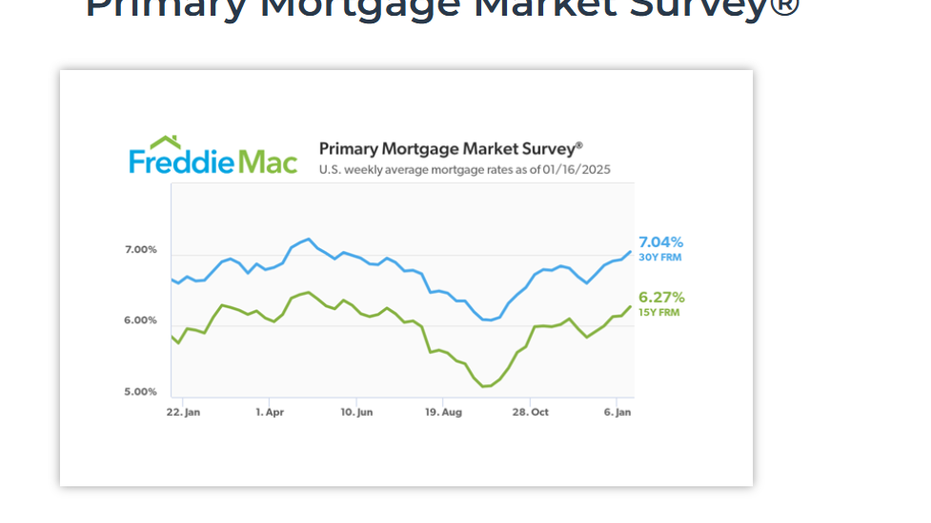President Trump was sworn in amid much fanfare and celebration, and then he got right to work Monday. He started with a hiring freeze for federal workers and a regulatory freeze as part of a slew of executive orders, but taming the U.S. fiscal situation may prove more challenging.
“The biggest headwind is probably the massive debt and the very, very bloated budget, a lot of which contains spending. It’s money that hasn’t actually been spent at this point but is still slated to go out the door. You know, promises of future spending. So that’s going to be very, very problematic” EJ Antoni, Research Fellow at The Heritage Foundation, told FOX Business before Trump took office.
The national debt — which measures what the U.S. owes its creditors — is sitting above $36 trillion and growing, as tracked by the U.S. Treasury Department.
PRESIDENT TRUMP’S KEY FISCAL DEADLINES
As for the budget, last Friday, nonpartisan Congressional Budget Office (CBO) released its latest 10-year budget and economic outlook that showed the federal government is on track to break a debt record set nearly 80 years ago.
MELANIA TRUMP STUNS IN AMERICAN DESIGNERS
“From 2025 to 2035, debt rises as increases in spending on Social Security, Medicare and interest payments outpace growth in revenues,” CBO Director Phillip Swagel told reporters.
The federal government is projected to run a $1.9 trillion budget deficit in the 2025 fiscal year. The deficit is projected to briefly decline in the next two years before resuming its rise. The short-lived drop is tied to the expiration of portions of Trump’s 2017 Tax Cuts and Jobs Act, which expire at the end of this year. However, Trump Treasury pick Scott Bessent is vowing not to let that happen. Bessent is expected to sail through the confirmation process.
SCOTT BESSENT VOWS TO MAKE 2017 TAX CUTS PERMANENT

“We must make permanent the 2017 Tax Cuts and Jobs Act and implement new pro-growth policies to reduce the tax burden on American manufacturers, service workers and seniors,” Bessent told the Senate Finance Committee at his confirmation hearing. “President Trump was the first president in modern times to recognize the need to change our trade policy and stand up for American workers.”

The CBO’s analysis is based on current law, so changes to federal tax and spending policies could alter those figures.

Another devil in disguise; the Federal Reserve’s easing cycle aimed at tackling inflation. Policymakers cut rates three times in 2024, a 50- basis point cut, followed by two 0.25-basis point moves. Still, the 10-year Treasury Yield, which sets rates for several borrowing metrics including mortgage rates, remains above 4%. Mortgage rates just topped 7%, according to Freddie Mac, rising for the fifth straight week.
Investors did celebrate the latest consumer price index reading, which held no surprises. The core rate, which excludes volatile food and energy, rose 3.2% in December on an annual basis, less than the 3.3% economists had expected. At the Fed’s first meeting of the year, on January 29, market participants expect no change, according to the CME’s FedWatch Tool.
| Ticker | Security | Last | Change | Change % |
|---|---|---|---|---|
| BNO | UNITED STATES BRENT OIL FUND – USD ACC | 32.18 | -0.47 | -1.44% |
| USO | UNITED STATES OIL FUND – USD ACC | 81.11 | -1.41 | -1.71% |
| GLD | SPDR GOLD SHARES TRUST – USD ACC | 253.13 | +3.86 | +1.55% |
Still, inflation remains a wild card. Nymex and Brent crude have gained over 8% this year and gold is trading just under its all-time high of $2,788.50 an ounce.
Read the full article here












